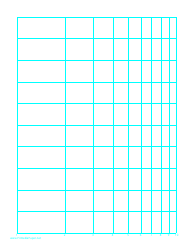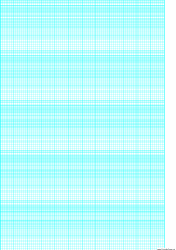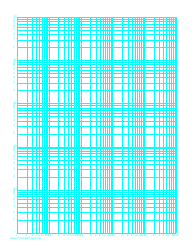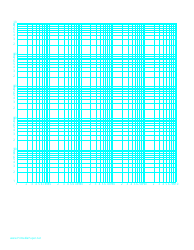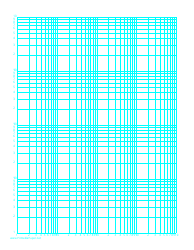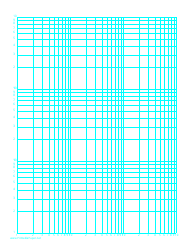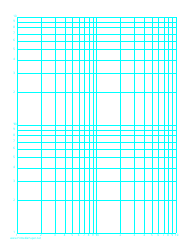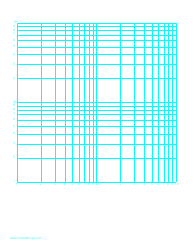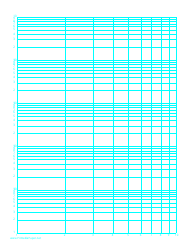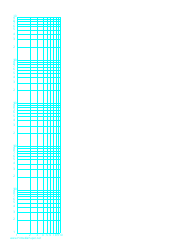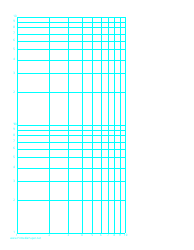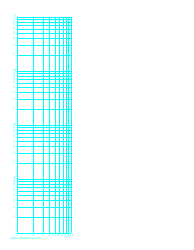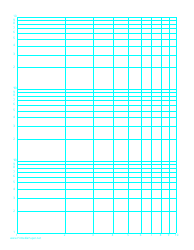Semi-log Paper: 31 Divisions (Long Axis) by 2-cycle
Semi-log paper, specifically the 31 divisions (long axis) by 2-cycle type, is generally used in graph plotting where one of the axes (usually the y-axis or vertical axis) represents logarithms and the other axis (usually the x-axis or horizontal axis) represents regular numbers. It is a tool often used in mathematics, physics, engineering, and other sciences to easily visualize data sets that span many orders of magnitude, such as exponential growth or decay. The long axis represents a linear scale while the 2-cycle refers to logarithmic divisions, allowing for a condensed yet detailed view of the plotted data.
FAQ
Q: What is a semi-log paper?
A: Semi-log paper is a type of graphing paper that has a logarithmic scale on one axis and a linear scale on the other. It's commonly used in fields such as science, engineering, and math to graph exponential growth or decay.
Q: What does 31 divisions mean in semi-log paper?
A: 31 divisions on semi-log paper refer to the number of segments or breaks on the long axis (usually the vertical or y-axis). Each division represents an increment in the data being graphed.
Q: What is meant by 2-cycle in the context of semi-log paper?
A: 2-cycle on a semi-log paper means that the logarithmic scale of the paper consists of two complete cycles. Each cycle represents a ten-fold increase in the quantity being measured. For example, the first cycle might represent quantities from 1 to 10, and the second cycle represents quantities from 10 to 100.
Q: How is semi-log paper used?
A: Semi-log paper is used by plotting the logarithm of a quantity on the y-axis (long axis), and the actual quantity on the x-axis (short axis). This allows for easy graphing and understanding of exponential data.



